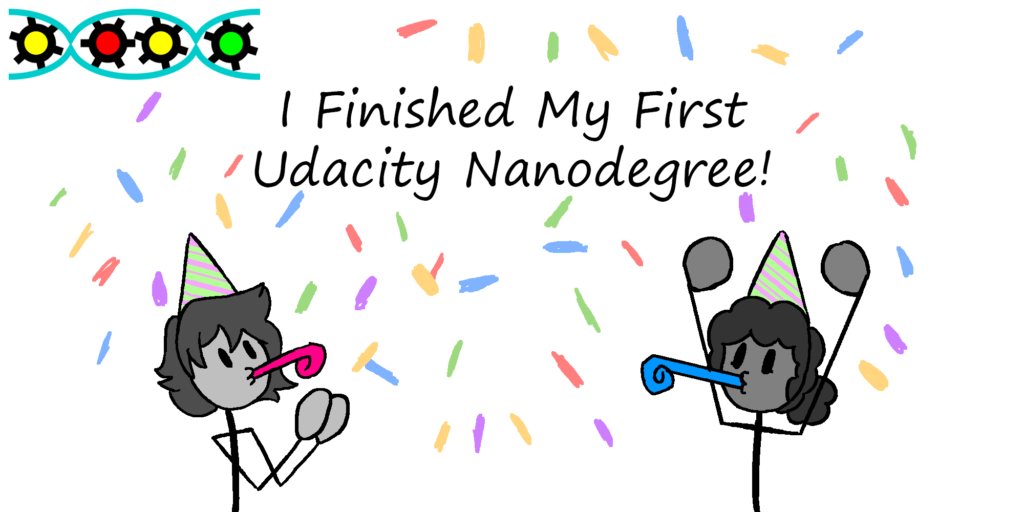
Thank You, Udacity Nanodegree!
In the week of July 13th, I finished my first Nanodegree: “AI Progamming with Python“. It was a long and tedious path, spending weeks on single lines of code. But eventually, I finished final project of a flower classifier! I would like to dedicate this post to the program and all that it has taught me, hopefully inspiring some of you to check it out.
When Did I Start?
I started this program way back in May of 2020. Between then and now, I have spent at least 15 hours a week working on this nanodegree.
Why Did I Start?
As many can relate, when the COVID19 pandemic took off, students were sent home from their campus dorms. This was the case for me and other students at Georgia Tech. As you may already know, I have been fascinated by ML for a long time. See a blog here to learn more about it. After I finished my courses, which were moved online, I decided to prepare for my CS4641 course, an introduction to the ML theory and basic coding. For more details, check out the prologue!
What Did I Learn?
Throughout this program, I learned several things. Some of the core concepts that I learned, but are not limited too, included:
- Python: Its syntax, lists, and dictionaries (with prior knowledge in coding Java and C++, it isn’t too hard to catch on)
- MatPlotLib and SeaBorn: These were crucial to learning how to plot graphs and data
- Numpy: This python library speeds up massive matrix multiplication processes
- Pandas: Builds on top of Numpy
- PyTorch: Introduces objects to build and train NN models. Enables one to save and load models for later use.
With these concepts, I constructed my final project: a classifying NN that identifies the flowers in images.
What’s So Special?
This program teaches concepts from the ground up, starting with how to code in Python and ending in how to construct a network.
A lot of the credit of the program’s success goes to the instructors, as well To explain the calculus concepts and the idea of a neural network, they used videos from 3 Blue 1 Brown, an excellent educational content creator. With each new concept they taught, they also provided a mini coding section to ensure that you get practice with the coding portion of neural networks. These sections proved vital to me learning how to code backpropagation, the heart and sole of supervised learning.
But what I think makes the course so special is it’s guidance tool known as “Knowledge“. For colleges and universities, Knowledge is analogous to Piazza. On Knowledge, you can post questions you have about any project or part of the course and instructors or students can answer them. Knowledge goes one step beyond by allowing students to attach links to their projects (either the Udacity workspaces or GitHub copies of their projects) so that reviewers can test your code and provide advice on how to fix errors you find in it.
In Conclusion
And so, I’d like to thank Udacity, the instructors, and the program as a whole for teaching me about machine learning and NNs. I have learned so much about the basic process of supervised learning and the programming that goes into it. At some point in the near future, I’ll be sure use this knowledge to build a course of my own that comprehensively breaks down machine learning so that anyone can learn how to do it.
Thank You For Reading
Thank you for reading! Until next time, keep building and stay creative!
